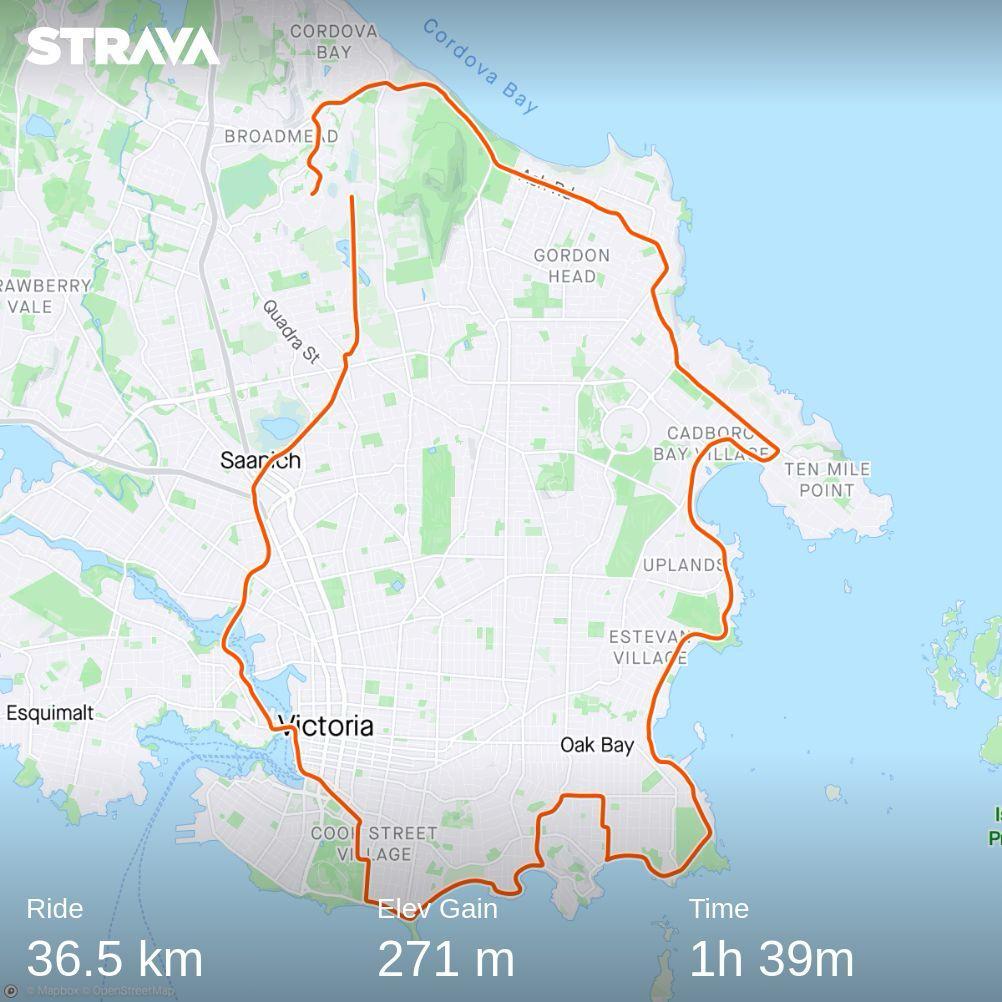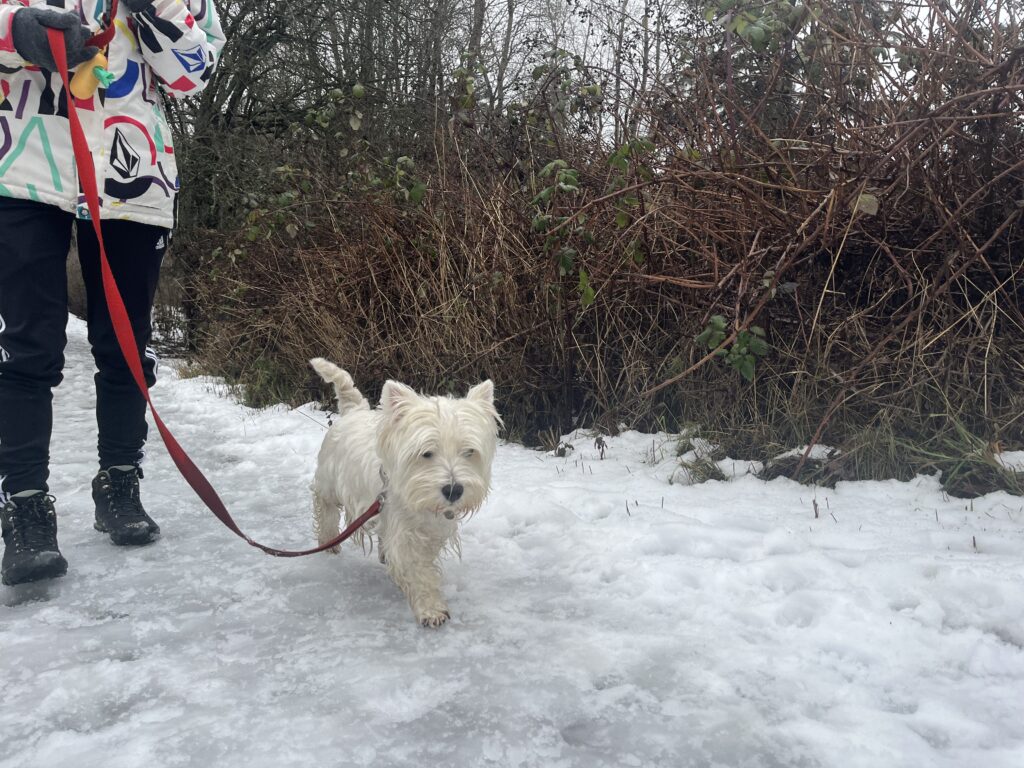I cycled around Victoria! I love hopping on my road bike and flying around the city. Being able to see so much of Victoria in just a couple of hours always feels so rewarding. On the ride, I stopped at a couple of places for lunch & a coffee to give myself a break and take in the beautiful views.

On the ride, I listened to this podcast about “opening up your worldview” through indigenous foods. Don’t worry, I wasn’t zooming along through traffic with noise-cancelling headphones. I wear these bone-conduction headphones that don’t actually go inside your ears at all! Highly recommend them if you like running or cycling. The guest on this episode, Sean Sherman, is an Oglala Lakota (South Dakota) chef who uses only locally grown and sourced ingredients in his cooking. He explores the foods eaten by First Nations communities and learns about indigenous food systems to offer recipes based on pre-contact, pre-European contact ingredients. His work aims to celebrate and preserve the culinary heritage of Native American communities.
This intentional connection that Sean makes to place is the next step forward I want to take in my understanding of the local environment. Envisioning the surrounding land as opportunities for food collection and knowing how to use what is naturally grown on the island is the most sustainable way to live. I also love how on the podcast he denounces the traditional “yards” people have on their property. If we grew food instead of growing plants/trees for aesthetic purposes, just imagine the abundance of vegetables & fruits we could have. I appreciated his message and look forward to learning more about how to sustainably & intentionally live.



